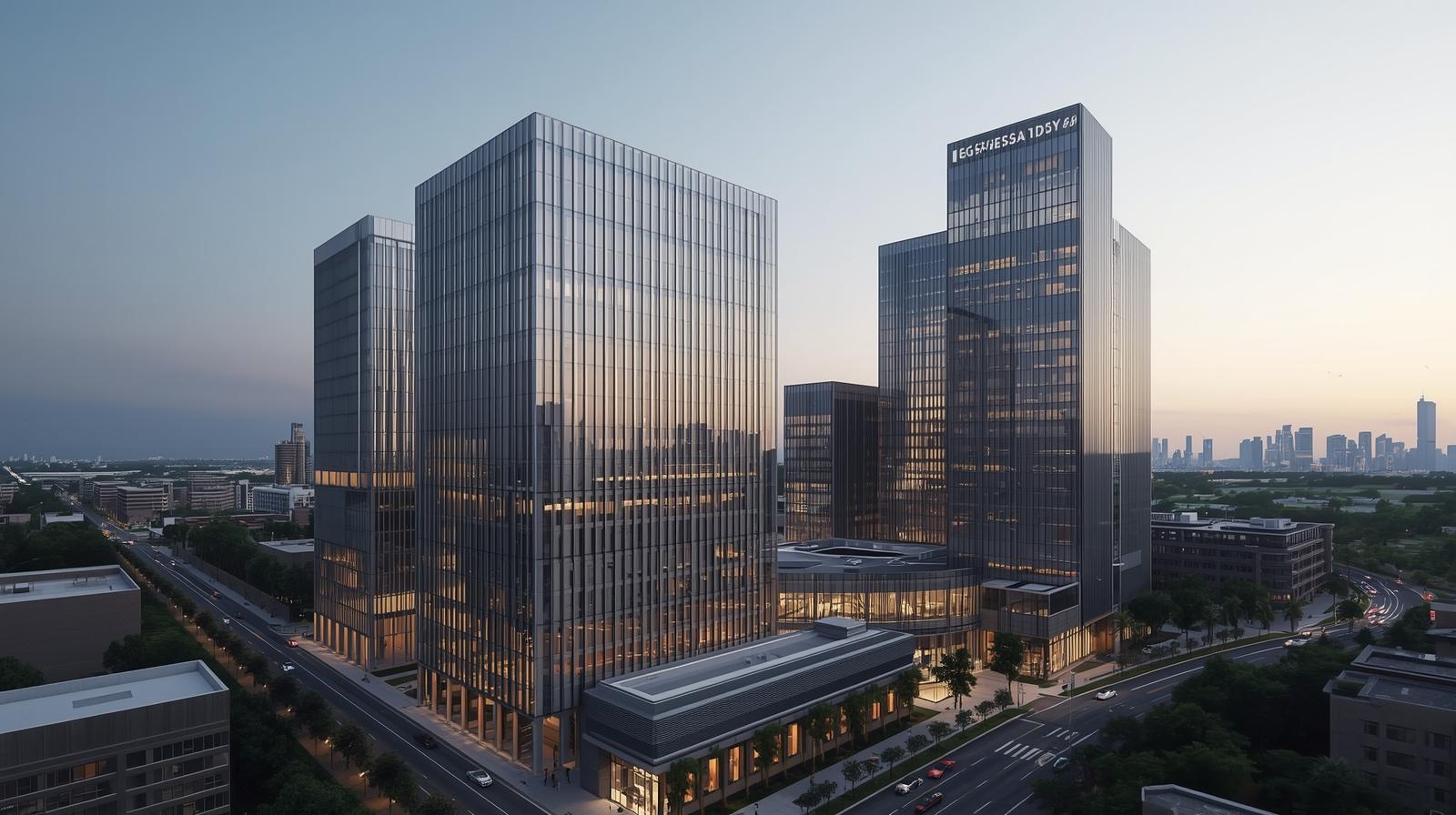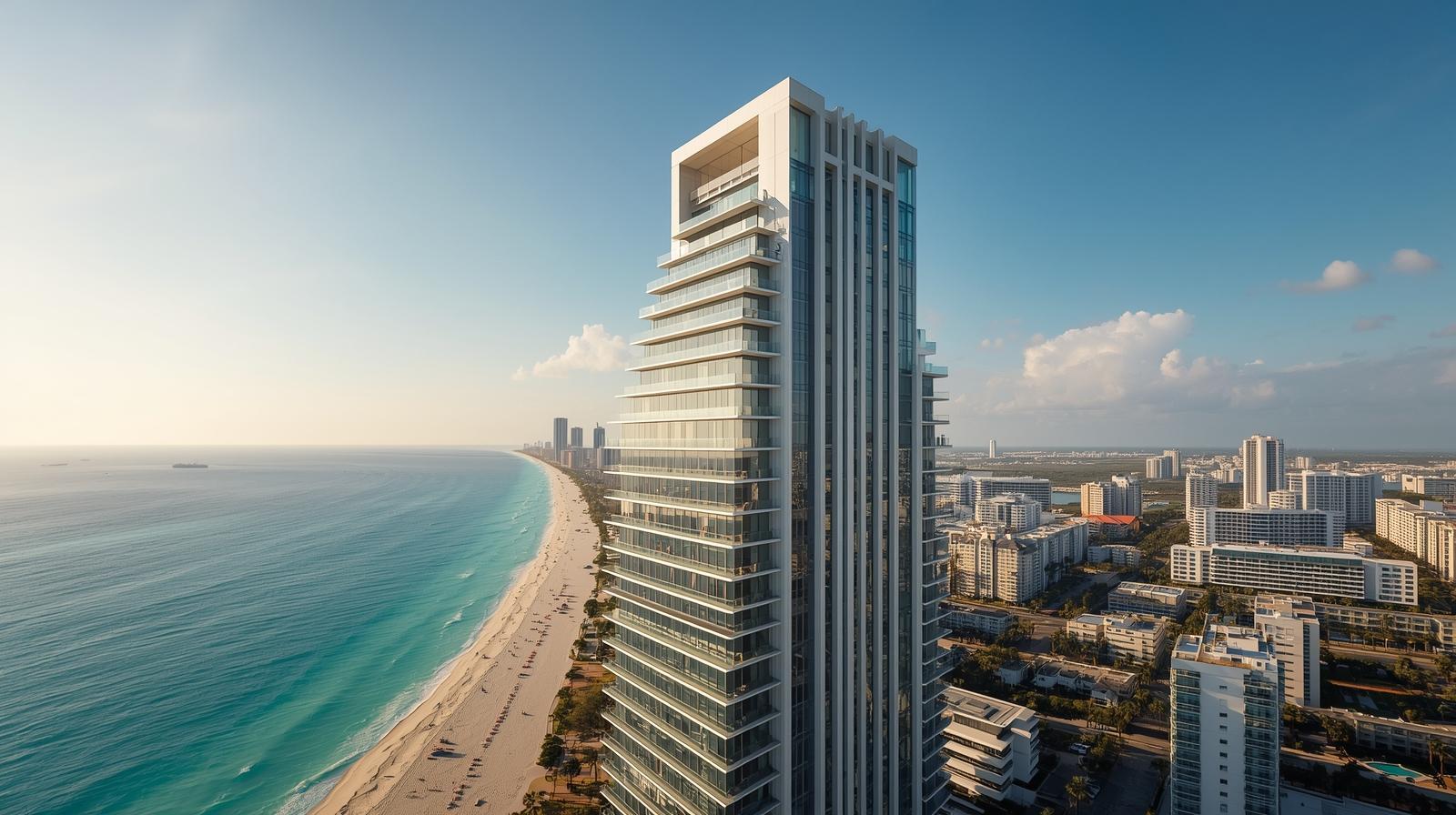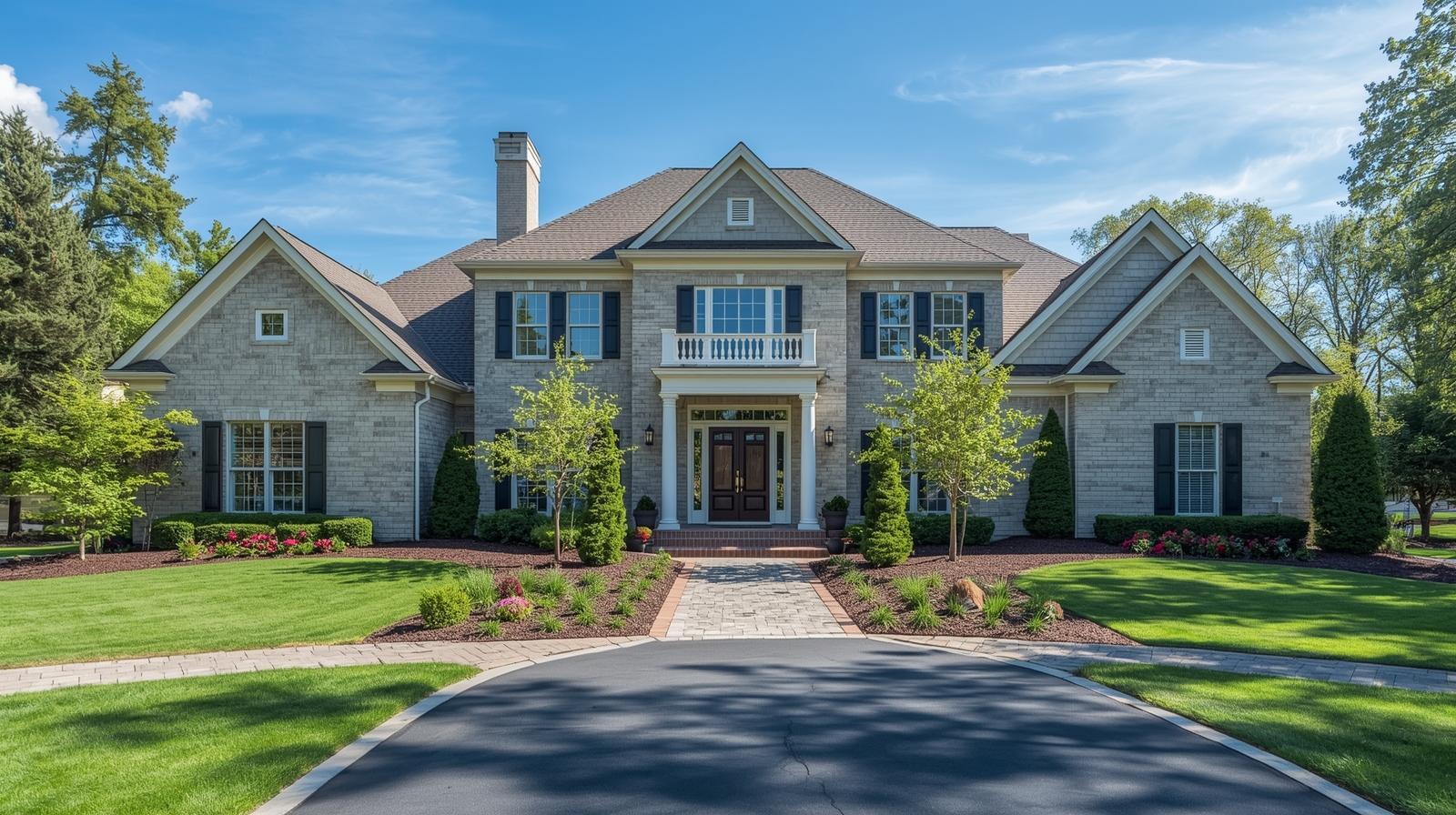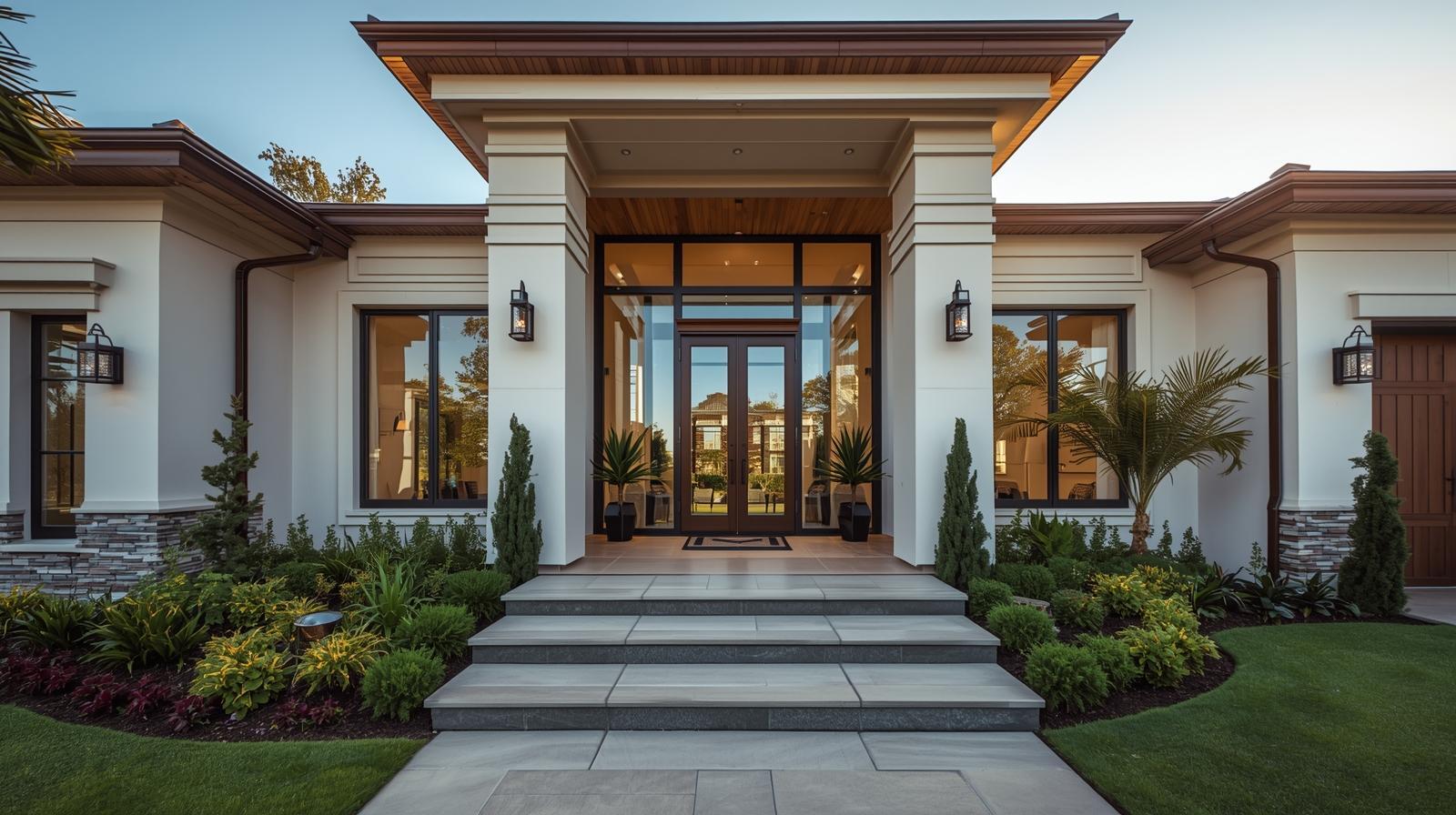Rental Income Showdown: Single-Family vs MultiFamily Investing
While single family homes offer a simpler entry point into real estate investing, multifamily properties often present a more lucrative path with greater potential for cash flow and appreciation due to their ability to generate income from multiple units, making them a potentially more attractive option for those seeking to build a scalable portfolio. However, multifamily investments also come with increased complexity in management and higher initial costs. Key differences between single-family and multi-family homes:
- Cash Flow:Multifamily properties typically generate significantly more cash flow than single-family homes due to the multiple rental units. This can lead to higher returns on investment.
- Scalability:Multifamily investments allow for easier portfolio expansion by acquiring larger properties with more units, whereas single-family homes offer limited growth in terms of unit count.
- Management Complexity:Managing a multifamily property with multiple tenants can be more complex, often requiring professional property management services. Single-family homes generally require less management, especially if the owner resides in the property.
- Initial Investment:Multifamily properties typically have a higher upfront cost compared to single-family homes. However, this initial investment can be offset by the greater potential for cash flow.
- Risk:While both types of investments carry risk, multifamily properties may be considered slightly riskier due to their higher complexity and dependence on professional management. Single-family homes offer a more stable and predictable investment for some.
Considerations for choosing between multi-family and single-family homes:
- Investment Goals:If your primary goal is to generate consistent cash flow and build a scalable portfolio, multifamily may be a better fit. If you prioritize ease of management and a lower initial investment, single-family might be preferable.
- Financial Situation:Your available capital and access to financing will influence your decision.Multifamily properties typically require a larger down payment and may have stricter lending requirements.
- Experience and Risk Tolerance:Managing multifamily properties requires more experience and skills in tenant management, repairs, and marketing. If you are a newer investor, single-family homes may be a better starting point.
Understanding the Basics of Multi-family Vs. Single-family Investments
When considering real estate investments, single-family homes offer simplicity and lower initial costs, while multifamily properties provide greater potential cash flow through multiple tenants but require more complex management.
Key Differences:
- Structure:Single-family homes are designed for a single household, while multifamily properties house two or more units under one roof.
- Management:Single-family homes generally require less management as there is only one tenant to deal with, while multifamily properties involve managing multiple units, potential tenant issues, and more frequent maintenance needs.
- Cash Flow:Single-family homes typically generate a single income stream, while multifamily properties can produce significantly higher cash flow due to multiple units renting out simultaneously.
- Initial Investment:Single-family homes usually have lower purchase prices and easier financing, making them more accessible to new investors. Multifamily properties often require a larger down payment and more complex financing due to their higher value.
- Risk:Single-family homes may experience higher vacancy rates if a tenant leaves, but the impact is less severe due to only one unit. Multifamily properties have a more diversified income stream, mitigating the risk of vacancy in one unit. However, they are also subject to higher management costs and potential issues with multiple tenants.
Which is right for you?
- New investors:Single-family homes are often a good starting point due to their lower entry costs and simpler management.
- Experienced investors:Multifamily properties can offer higher potential returns and greater scalability, but require more time and effort in management.
The best real estate investment, whether a single-family home or a multi-family property, depends on your individual goals and capabilities; single-family homes offer a simpler, potentially lower-cost entry point, while multi-family properties provide greater scalability and income potential.
Here’s a more detailed breakdown to help you decide:
Single-Family Homes:
- Pros:
- Simpler Management: Single-family homes are often easier to manage, requiring less complex tenant screening, property maintenance, and accounting.
- Lower Initial Investment: The upfront cost for a single-family home can be lower than for a multi-family property, making it a more accessible entry point for new investors.
- Potentially Higher Appreciation:Single-family homes can appreciate in value over time, providing a good return on investment.
- Long-Term Tenants: Single-family homes often attract long-term tenants, leading to more stable rental income.
- Easier Financing: Obtaining a mortgage for a single-family home is generally simpler than securing financing for a multi-family property.
- Cons:
- Limited Scalability: Single-family homes offer limited opportunities for scaling your real estate portfolio.
- Vacancy Risk: Vacancies can significantly impact rental income, as you’re reliant on a single tenant.
- Less Diversified Income: You’re dependent on the income from a single property, which can be risky.
Multi-Family Properties:
- Pros:
- Greater Scalability: Multi-family properties offer more opportunities for scaling your real estate portfolio and generating income.
- Diversified Income: Multiple rental units provide a more diversified income stream, reducing the impact of vacancies.
- Economies of Scale: Managing multiple units can be more efficient than managing individual single-family homes.
- Potential for Higher Returns:Multi-family properties can offer higher cash flow and returns on investment.
- Tax Benefits: Multi-family investments can offer more tax advantages, such as depreciation and deductions for operating expenses.
- Cons:
- Higher Initial Investment: The upfront cost for a multi-family property is typically higher than for a single-family home.
- More Complex Management:Managing multiple tenants and properties can be more complex and time-consuming.
- Financing Challenges: Securing financing for a multi-family property can be more challenging and require commercial loans.
- Increased Risk: The higher investment and management complexity can lead to a greater risk of financial loss.
Ultimately, the best choice depends on your individual circumstances, including:
- Your investment goals:Are you looking for a simple, low-cost investment, or a more scalable, income-generating portfolio?
- Your financial situation:Do you have the capital for a larger investment and the ability to manage a more complex property?
- Your risk tolerance:Are you comfortable with the higher risk and complexity of multi-family investing?
- Your management capabilities:Are you comfortable managing multiple tenants and properties, or do you prefer to hire a property manager?
Analysis for Better Returns
When comparing multi-family and single-family home investments, the key financial advantage of multi-family properties is the ability to generate income from multiple units, resulting in a more stable cash flow, whereas a single-family home relies solely on one tenant, meaning a vacancy can significantly impact your financial return.
Key points about multi-family vs. single-family home investments:
- Cash flow:Multi-family properties typically offer higher potential cash flow due to multiple income sources, allowing for better coverage of expenses even if one unit is vacant.
- Risk diversification:With multiple units, multifamily investments provide greater diversification of risk, mitigating the impact of a single vacancy.
- Higher initial cost:Multifamily properties generally require a larger upfront investment compared to single-family homes.
- Management complexity:Managing multiple units can be more time-consuming and complex compared to managing a single-family home.
While single-family homes often appreciate due to broad demand, multi-family properties offer a different appreciation path, valued primarily on rental income, providing investors with a different type of appreciation.
Here’s a more detailed look at the appreciation potential of each property type:
Single-Family Homes:
- Appreciation Driven by Demand:Single-family homes tend to appreciate more based on the overall demand from individual buyers, including those looking to own their own home.
- Emotional Factor:The emotional attachment people have to owning a home can drive up prices, especially in desirable neighborhoods.
- Broader Appeal:Single-family homes have a broader appeal, attracting both homeowners and investors, which can lead to higher demand and faster appreciation.
- Capital Gains:As property values increase, investors can realize capital gains when selling the property.
Multi-Family Properties:
- Income-Based Valuation:Multi-family properties are valued based on their rental income potential, meaning that increasing profitability through higher rents or better management can directly increase the property’s value.
- Steady Cash Flow:The rental income generated by multi-family properties provides a steady cash flow, which can be reinvested or used for personal expenses.
- Economies of Scale:Managing multiple units under one roof can lead to economies of scale, potentially reducing costs and increasing profitability.
- Risk Distribution:If one unit is vacant, the loss of income is distributed across the other units, reducing the overall risk compared to a single-family home.
- Tax Benefits:Multifamily properties can offer tax benefits such as deductions for depreciation, mortgage interest, property taxes, maintenance, and insurance costs.
- Long-Term Wealth Building:The combination of steady cash flow and potential for property value appreciation makes multi-family properties a strong asset for long-term wealth building
When evaluating property investments, consider that while multi-family properties may have higher initial maintenance costs due to multiple units, they can benefit from economies of scale through shared amenities and lower per-unit repair costs, something single-family homes lack.
Here’s a more detailed breakdown:
Multi-family properties:
- Potential for Higher Initial Costs:Managing multiple units can lead to higher initial maintenance and property management costs.
- Economies of Scale:However, these costs can be offset by economies of scale, where expenses are spread across more units, resulting in lower costs per unit.
- Shared Amenities:Shared amenities like common areas, landscaping, and recreational facilities can be maintained more efficiently and at a lower cost per unit.
- Lower Per-Unit Repair Costs:Bulk purchasing of supplies and equipment, and specialized labor for repairs, can lead to lower per-unit repair costs.
- Property Management:Property management fees can be a significant expense for multifamily properties, ranging from 4% to 10% of gross rental income.
Single-family homes:
- Simpler Maintenance:Single-family homes are generally easier to maintain and manage, with fewer units to oversee.
- No Economies of Scale:They don’t benefit from the cost-saving efficiencies of shared amenities or bulk purchasing like multi-family properties.
Evaluating Risk and Resilience
In real estate investing, multi-family properties offer a lower vacancy risk compared to single-family homes because losing one tenant doesn’t eliminate all rental income, making them more resilient during economic downturns.
Here’s a more detailed breakdown:
- Vacancy Risk:
- Single-Family Homes: Losing a tenant means a complete loss of rental income for that property.
- Multi-Family Properties: The loss of income from one unit is mitigated by the income from other occupied units, spreading the risk.
- Economic Resilience:
- Single-Family Homes: Can be more vulnerable during economic downturns or market fluctuations as a single vacancy can significantly impact income.
- Multi-Family Properties: The diversified income stream makes them more stable and less susceptible to the impact of a single vacancy or market downturn.
- Financing:
- Single-Family Homes: Financing options may be more readily available and on potentially better terms, as they are generally considered lower risk for lenders.
- Multi-Family Properties: Financing can be more complex and may require a larger down payment and higher interest rates, but the diversified income stream can make them attractive to lenders.
- Other Considerations:
- Property Management: Managing multiple units can be more complex and may require professional property management, which can increase costs.
- Scalability: Multi-family properties allow for faster growth in your portfolio, as buying a larger building adds multiple units at once, compared to buying multiple single-family homes.
- Long-Term Value: Multi-family properties are often priced based on their income-generating potential, which can lead to more stable long-term growth.
In general, multi-family properties demonstrate greater market stability compared to single-family homes, as urbanization and population growth drive steady demand, while single-family homes are more susceptible to market fluctuations and economic downturns.
Here’s a breakdown of the key points:
- Multi-family properties:
- Stable Demand: Urbanization and population growth fuel a consistent need for rental properties, which multi-family units cater to.
- Resilience to Economic Fluctuations: The income potential of multi-family properties acts as a buffer against economic downturns, as rental income remains relatively stable compared to single-family home values.
- Attractive Investment: The stable returns and lower relative risk make multi-family investments a strong choice.
- Single-family homes:
- Market Volatility: Single-family homes are more susceptible to market fluctuations and economic downturns, as they cater to a specific type of tenant (often homeowners).
- Value Depreciation: Economic downturns can significantly impact single-family home values, as demand for ownership can decrease.
- Higher Risk: Single-family home ownership can be a higher-risk investment compared to multi-family properties, particularly during economic uncertainty.
- Factors Influencing Demand:
- Population Growth: A growing population translates to an increased demand for housing, creating a ripple effect across the property market.
- Urbanization: As people move to urban areas, the demand for multi-family properties increases.
- Economic Conditions: Economic downturns can negatively impact demand for single-family homes, while multi-family properties may see increased demand as people seek rental housing.
Tax and Legal Considerations
Navigating the legal landscape of multi-family properties, including zoning laws and tenant rights, is crucial, but can be streamlined by using experienced management companies or leveraging property management skills to ensure compliance and minimize potential issues.
Here’s a breakdown of why legal compliance is important and how to navigate it:
Why Legal Compliance Matters:
- Protecting Your Investment:Understanding and adhering to local, state, and federal regulations is essential to avoid costly penalties, lawsuits, and reputational damage.
- Ensuring Tenant Safety and Well-being:Compliance with building codes, health and safety regulations, and fair housing laws ensures a safe and habitable living environment for tenants.
- Maintaining a Positive Reputation:A property management company that is known for adhering to policies and regulations will be viewed as a responsible and trustworthy business partner.
- Navigating Complex Regulations:Multi-family properties often involve more comprehensive regulations, including zoning laws, tenant rights, and fair housing laws.
How to Streamline Legal Compliance:
- Stay Informed:Keep up-to-date on local, state, and federal laws and regulations that affect multi-family properties.
- Seek Professional Guidance:Partner with experienced property management companies or real estate attorneys who specialize in multi-family properties.
- Develop Strong Policies and Procedures:Implement clear and consistent policies and procedures for tenant screening, lease agreements, and maintenance and repair.
- Utilize Technology:Use property management software to track compliance, manage leases, and communicate with tenants.
- Regularly Audit and Review:Conduct regular audits to ensure compliance with all applicable laws and regulations.
- Focus on Tenant Relations:Maintain open communication with tenants and address their concerns promptly and professionally.
Specific Legal Considerations:
- Zoning Laws:Understand local zoning ordinances and how they impact property use, building height, density, and parking requirements.
- Tenant Rights:Familiarize yourself with tenant rights, including the right to a habitable dwelling, the right to privacy, and the right to fair housing.
- Lease Agreements:Ensure that lease agreements are legally sound and compliant with all applicable laws and regulations.
- Fair Housing Laws:Adhere to fair housing laws, which prohibit discrimination based on race, color, religion, sex, familial status, national origin, and disability.
- Building Codes and Safety Regulations:Ensure that properties meet all applicable building codes and safety regulations.
- Eviction Laws:Understand local eviction laws and procedures.
Why Multi-family Investments Stand Out
For real estate investors multi-family properties offer advantages over single-family homes, including the potential for higher cash flow, stronger market resilience, and tax benefits, while also enabling wealth building through multiple income streams and economies of scale.
Here’s a more detailed look at why multi-family properties are a compelling investment option:
Benefits of Multi-Family Investments:
- Higher Cash Flow Potential:Multiple rental units generate a larger and more stable income stream, which can be crucial for covering expenses and generating profits.
- Stronger Market Resilience:With multiple tenants, the impact of a single vacancy is less significant, and the property’s value is less reliant on the local housing market for a single unit.
- Tax Benefits:Multifamily properties often come with favorable tax implications, such as depreciation deductions and the ability to take advantage of 1031 exchanges, which can help reduce tax liabilities and reinvest capital.
- Wealth Building:The ability to leverage multiple income streams and economies of scale allows for faster wealth accumulation and portfolio diversification.
- Economies of Scale:Managing a larger property with multiple units can lead to cost savings in areas like property management, marketing, and maintenance.
- Easier to Scale:Once you have a successful multi-family property, it’s easier to acquire and manage more properties, expanding your real estate portfolio.
Considerations:
- Higher Initial Investment:Multi-family properties typically require a higher upfront investment than single-family homes, which can be a barrier for some investors.
- More Complex Management:Managing multiple tenants and units can be more complex than managing a single-family rental, potentially requiring professional property management.
- Market Research:Thoroughly research the local market, including rental rates, vacancy rates, and property values, to ensure a sound investment.
- Financing:Securing financing for a multi-family property can be more challenging than for a single-family home, requiring careful planning and a strong financial profile.










Related Posts